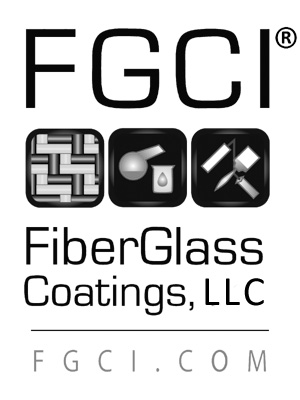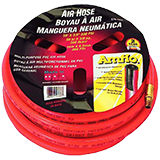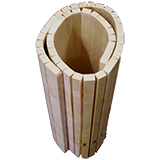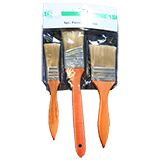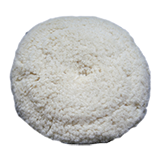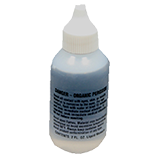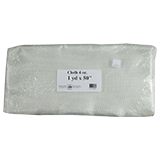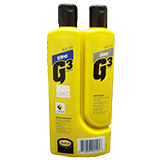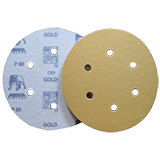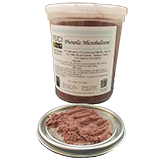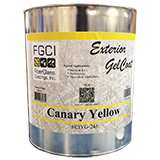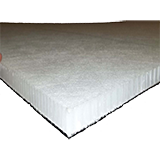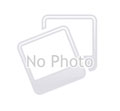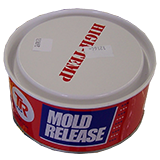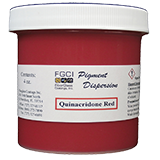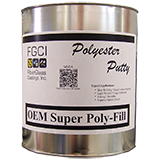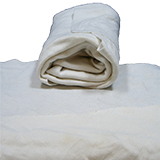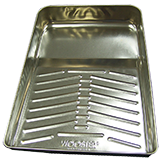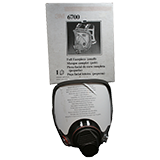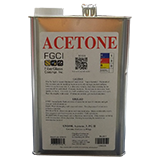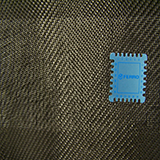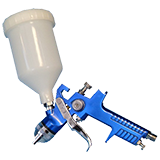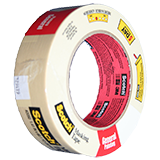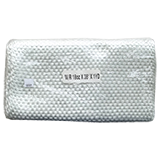Z6_EL9QHKG10GPM20IJGE61AK10O0
Z7_P86CH0O0I0RF10IB06HRVQ0087
 S2K Commerce - Products Dropdown
S2K Commerce - Products Dropdown
Z7_EL9QHKG10GPM20IJGE61AK10S5
 S2K Commerce - Order Entry
S2K Commerce - Order Entry
**Due to the current situation with COVID-19, We are limiting orders to TWO BOXES, in an attempt to keep up with Demand and ensure every customer has some hand protection**
Thank you for your understanding!
Thank you for your understanding!
Item#:
128909
Manufacturer:
FGCI Website
Your Price:
0.06
Each
**Due to the current situation with COVID-19, We are limiting orders to TWO BOXES, in an attempt to keep up with Demand and ensure every customer has some hand protection**
Thank you for your understanding!
Thank you for your understanding!
Item#:
128903
Manufacturer:
FGCI Website
Your Price:
0.06
Each
Directions for Use:
Step 1: Choose the appropriate volume for your project. The type of fiberglass used will determine the amount of resin needed.
Step 2: Make sure to agitate or stir the product thoroughly before use.
Step 3: Mix in the MEKP, stirring thoroughly. Please refer to the Catalyst Concentration Chart for quantities.
Step 4: Thinner fiberglass can easily be wet through. To thoroughly wet out heavier materials, apply resin first to one side, then flip the glass over to wet out the other side. Use paint-style rollers to distribute resin quickly.
Step 5: Roll each layer with a glass roller to remove air. The fiberglass will go completely transparent when it is adequately wet.
Step 6: Add sanding aid (Product #123833) to the final coat to allow a full cure and a tack-free surface.
This item is temporarily unavailable.
Item#:
124017
Manufacturer:
FGCI Website
Your Price:
7.64
Each
Your Price:
3.57
Each
Your Price:
7.98
Each
Item#:
129711
Manufacturer:
FGCI Website
Your Price:
14.12
Each
Item#:
129300
Manufacturer:
FGCI Website
Your Price:
12.18
Each
Item#:
129301
Manufacturer:
FGCI Website
Your Price:
15.52
Each
Item#:
130718
Manufacturer:
FGCI Website
This item is temporarily unavailable.
Item#:
129751
Manufacturer:
FGCI Website
Your Price:
26.46
Each
Item#:
123954
Manufacturer:
FGCI Website
Your Price:
16.51
Each
